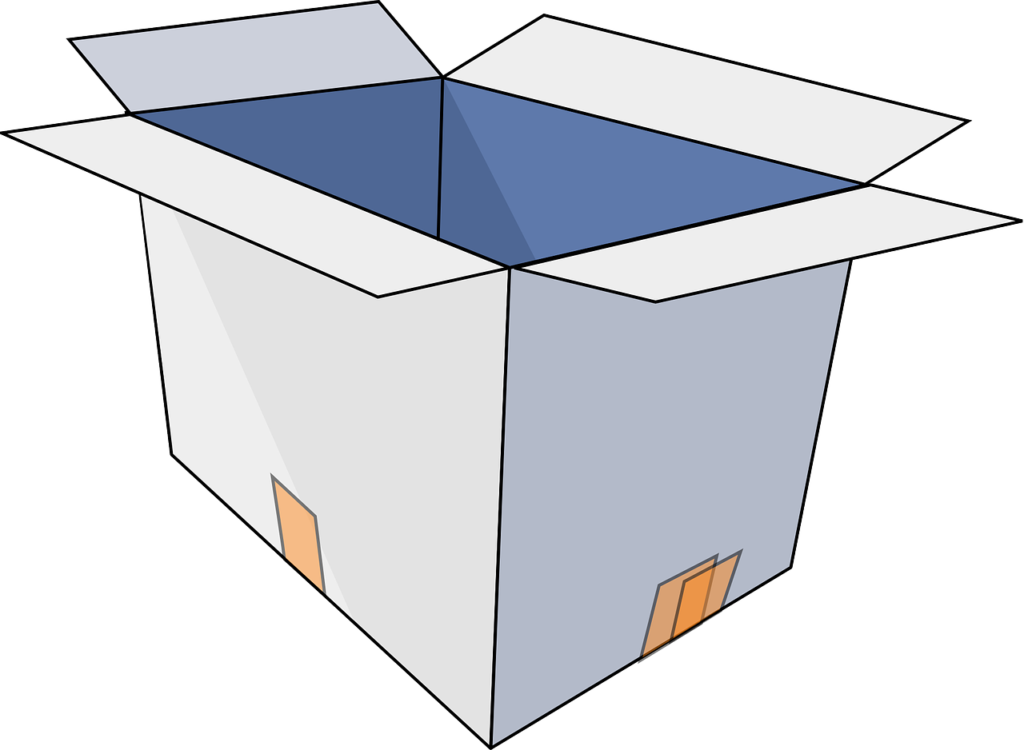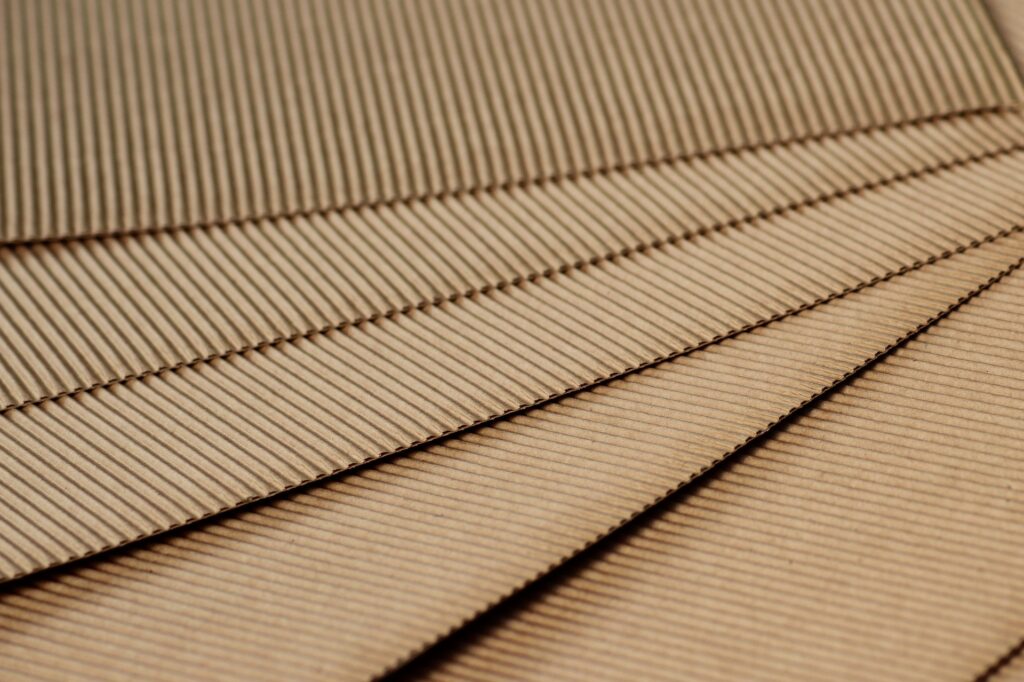 Controlling food spoilage is a critical issue, not only to ensure the quality and safety of food, but also to avoid the generation of food waste. In 2016, the Food and Agriculture Organization estimated that 70% of the total food waste in the EU originated in the household, food, service, and retail sectors, and the remaining 30% in the production and processing sectors.
Controlling food spoilage is a critical issue, not only to ensure the quality and safety of food, but also to avoid the generation of food waste. In 2016, the Food and Agriculture Organization estimated that 70% of the total food waste in the EU originated in the household, food, service, and retail sectors, and the remaining 30% in the production and processing sectors.
Based on these data, it is clear that decreasing food spoilage and extending the shelf-life is a way to reduce food waste; and this can be done through smart packaging. There are a variety of solutions to this purpose, as vacuum packaging or packaging in modified atmosphere or with the use of additives.
Smart packagingA complementary tool for reducing food wastes is to monitor the condition of packaged foods, so as to know whether or not a particular product should be displayed on the food counter or not. The main tool available to this purpose is the use of “smart packaging”, consisting in indicators external to food. “Smart packaging” is different from “active packaging”, which interacts with food, although both satisfy the demand for information on food quality, with reference to the “history” of the product and its conditions.
Among smart packaging, the most common technologies are sensors, which can show the presence or absence of a substance, its concentration and/or the extent of a given reaction. They are able to show all these variations through direct changes, such as color. An important example of the use of smart packaging is the detection of a variation of pH in the food due to the presence of microorganisms. A pH indicator is a substance that indicates the pH value (acid or basic) by its color. For example, during the spoiling process of meat and fish, there can be an increase in total volatile basic nitrogen (TVBN)inside the package, resulting from the bacterial growth or the presence of pathogens.
Hence, the use of an on-package colorimetric and pH-responsive sensor is a sensitive, simple, user-friendly, and cost-effective alternative to monitor food freshness. In this context, a team of Portuguese researchers (L. Leite et al., 2022) developed a combination of inks containing pH-indicators directly printed on cardboard for use in the packaging. More precisely, a dual-sensor approach has been developed, using a combination of two pH indicators with sensitivity for different areas of the pH scale. The use of two different indicators combined in the same solution allows a higher accuracy of the results, avoiding false positives. The five pH indicators used in this work were:
- bromothymol blue (BB), which is yellow at pH< 6.’ and blue at pH > 7.6;
- methyl red (MR) and methyl red sodium (MRs), both red at pH 4.4; yellow at ph 6.2 and orange at intermediate values;
- methyl orange (MO), which is red at pH < 3.1 and yellow at pH > 4.4;
- 和溴甲酚紫(BP),下面是黄色的pH 5.2 and purple above pH 6.8.
As for the preparation of pH-sensitive inks and their application onto cardboard carriers, three different solutions were formulated:
- The first, where the indicators MR:MRs were combined in a ratio of 1:1;
- the second, combined MO:BP with the same ratio (1:1);
- and the last, which was a combination of MR:BB in a ratio of 3:2.
 The combinations of the a.b. indicators were then dissolved in a polymer base having a viscosity between 200 and 300 mPa/s, required to carry out the printing technique and selected in order to meet the requirements for further industrial application by flexography. In addition, to perform this assay and in line with the initial assessments, MO:BP was tested at concentrations of 1% (w/v) and 2% (w/v).
The combinations of the a.b. indicators were then dissolved in a polymer base having a viscosity between 200 and 300 mPa/s, required to carry out the printing technique and selected in order to meet the requirements for further industrial application by flexography. In addition, to perform this assay and in line with the initial assessments, MO:BP was tested at concentrations of 1% (w/v) and 2% (w/v).
与这些墨水混合物潜艇雷达纸板印刷cted spoilage in three different foods: fish, meat and fruit, and specifically salmon, beef and strawberries. All combinations of indicators with a concentration of 1% weight/volume showed a change in color in presence of alkaline and acidic gaseous atmospheres. In any case, the response was clearly visible to the naked eye and confirmed by the instrumental color measurement; this result is very important because it is directly visible to anyone, without the need for any equipment, advanced knowledge, or training.
The best result was obtained with the 2% w/v methyl orange and bromocresol purple sensor, which changed color and thus effectively detected degradation of the above-mentioned foods, well before they showed visible signs of deterioration. Finally, the inks showed high resistance to abrasion and good adhesion. These results are very important as they describe for the first time a sensor capable of detecting the degradation of distinct classes of food, in contrast with other studies in which the authors evaluated pH indicators and reported the identification of spoilage in only one type of food.
Along with that, the sensors developed during this study are simple to implement on an industrial scale, have a low cost for production at a large scale, and can be directly printed on the inside of the package at the beginning of its production chain.In conclusion, this study demonstrates the potential of pH-sensitive double-sensor inks on cardboard packages as a tool for signalling food deterioration and/or microorganism proliferation. Compared with other types of colorimetric sensors previously reported for food spoilage detection, the double sensor developed throughout this study seems easier to develop on an industrial scale.
References
Leite et al., Materials 15, 2022, 6431;https://doi.org/10.3390/ma15186431
 FT-BT05 is a very compact Bluetooth device for recording temperature and is particularly suitable for applications in the food industry (Haccp).
FT-BT05 is a very compact Bluetooth device for recording temperature and is particularly suitable for applications in the food industry (Haccp).

 FT-BT05 is a very compact Bluetooth device for recording temperature and is particularly suitable for applications in the food industry (Haccp).
FT-BT05 is a very compact Bluetooth device for recording temperature and is particularly suitable for applications in the food industry (Haccp). Gerhard Schubert GmbH’s first trade fair appearance of 2023 is the CFIA in Rennes. From 14 to 16 March, visitors will have an opportunity to explore the packaging machine manufacturer’s comprehensive expertise in all aspects of food packaging.
Gerhard Schubert GmbH’s first trade fair appearance of 2023 is the CFIA in Rennes. From 14 to 16 March, visitors will have an opportunity to explore the packaging machine manufacturer’s comprehensive expertise in all aspects of food packaging. Sustainable solutions for future-proof packaging processes
Sustainable solutions for future-proof packaging processes Controlling food spoilage is a critical issue, not only to ensure the quality and safety of food, but also to avoid the generation of food waste. In 2016, the Food and Agriculture Organization estimated that 70% of the total food waste in the EU originated in the household, food, service, and retail sectors, and the remaining 30% in the production and processing sectors.
Controlling food spoilage is a critical issue, not only to ensure the quality and safety of food, but also to avoid the generation of food waste. In 2016, the Food and Agriculture Organization estimated that 70% of the total food waste in the EU originated in the household, food, service, and retail sectors, and the remaining 30% in the production and processing sectors. The combinations of the a.b. indicators were then dissolved in a polymer base having a viscosity between 200 and 300 mPa/s, required to carry out the printing technique and selected in order to meet the requirements for further industrial application by flexography. In addition, to perform this assay and in line with the initial assessments, MO:BP was tested at concentrations of 1% (w/v) and 2% (w/v).
The combinations of the a.b. indicators were then dissolved in a polymer base having a viscosity between 200 and 300 mPa/s, required to carry out the printing technique and selected in order to meet the requirements for further industrial application by flexography. In addition, to perform this assay and in line with the initial assessments, MO:BP was tested at concentrations of 1% (w/v) and 2% (w/v). In yoghurt production lines, the multi-parameter analysis of milk (total solids and fat content) ensures the quality, hygiene and freshness of the product.
In yoghurt production lines, the multi-parameter analysis of milk (total solids and fat content) ensures the quality, hygiene and freshness of the product. Covering chocolate truffles has never been easier thanks to Top Truffle, the special conveyor belt developed byICB Tecnologie. For a perfect truffle coating the machine is divided into three sections.
Covering chocolate truffles has never been easier thanks to Top Truffle, the special conveyor belt developed byICB Tecnologie. For a perfect truffle coating the machine is divided into three sections. Progema Engineeringbuilds plants to produce Grana Padano Parmigiano Reggiano DOP. The photo shows a plant for the production and dosing of natural whey, consisting of several ice-water cooled fermenters and mixing tank.
Progema Engineeringbuilds plants to produce Grana Padano Parmigiano Reggiano DOP. The photo shows a plant for the production and dosing of natural whey, consisting of several ice-water cooled fermenters and mixing tank. With its new Nuva Pack System brand,Vinteklaunches Depal Smart, ideal for destacking an entire layer of containers for each cycle in pick & place mode.
With its new Nuva Pack System brand,Vinteklaunches Depal Smart, ideal for destacking an entire layer of containers for each cycle in pick & place mode. RSL200 tuning-fork switches distributed byComastriallow the control of thresholds set for powders and granules. The tuning fork is electrically excited and borates at its resonant frequency. When the product touches the sensor, the vibration amplitude is dampened.
RSL200 tuning-fork switches distributed byComastriallow the control of thresholds set for powders and granules. The tuning fork is electrically excited and borates at its resonant frequency. When the product touches the sensor, the vibration amplitude is dampened. Robotar is a forming machine for sweet and savoury snacks that works with any type of dough, even gluten-free or with dried fruit.
Robotar is a forming machine for sweet and savoury snacks that works with any type of dough, even gluten-free or with dried fruit. Pizza dough pre-baked at mild temperatures can be shipped and stored under refrigerated conditions, allowing a quick serving of the final product.
Pizza dough pre-baked at mild temperatures can be shipped and stored under refrigerated conditions, allowing a quick serving of the final product.